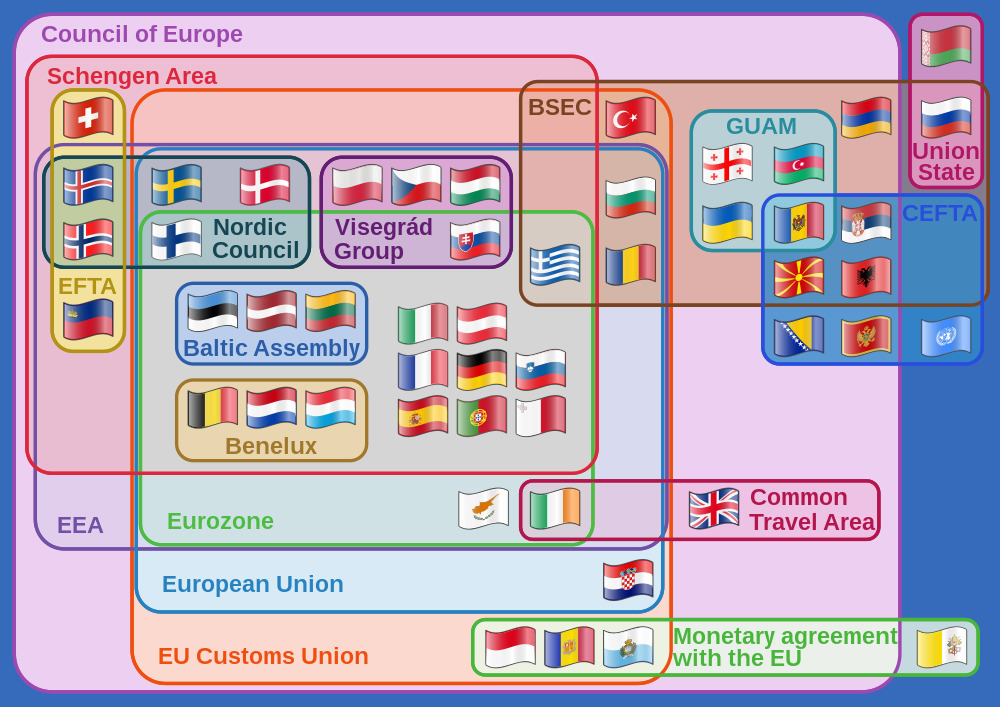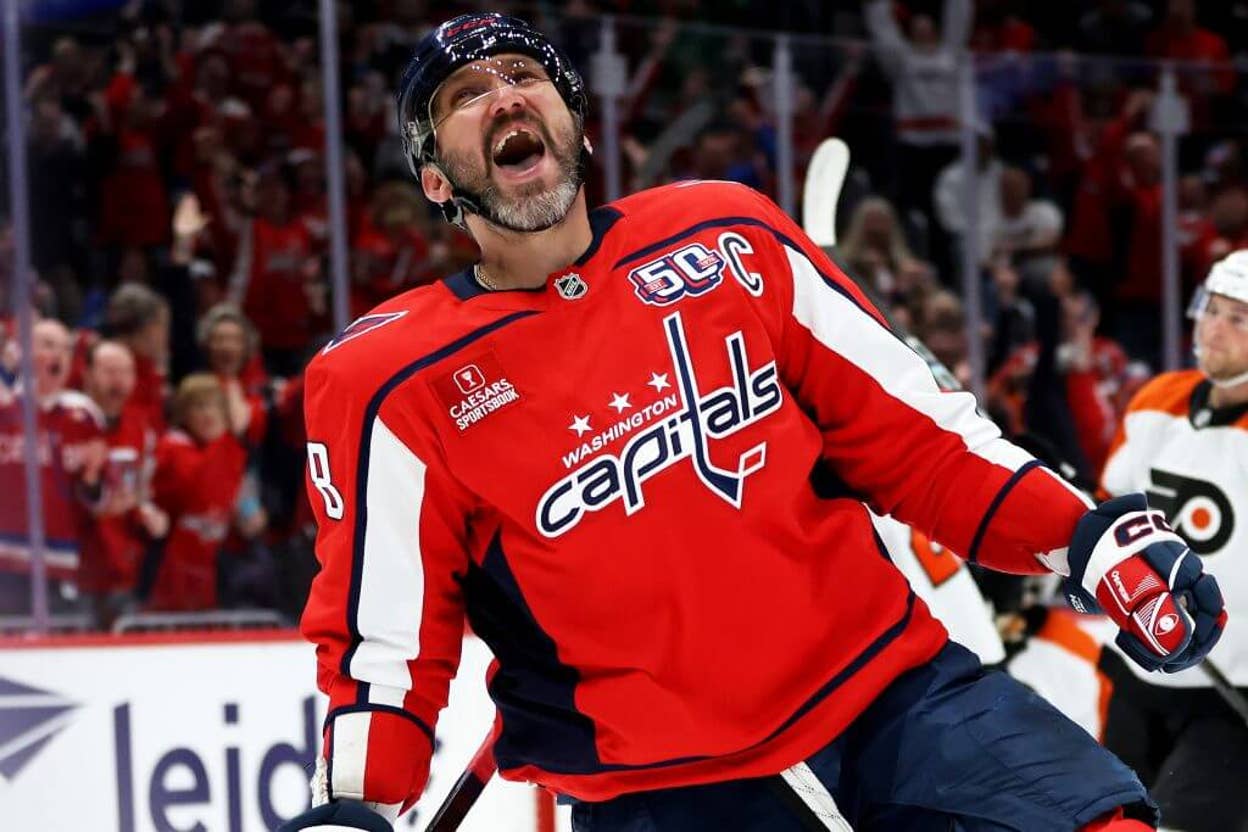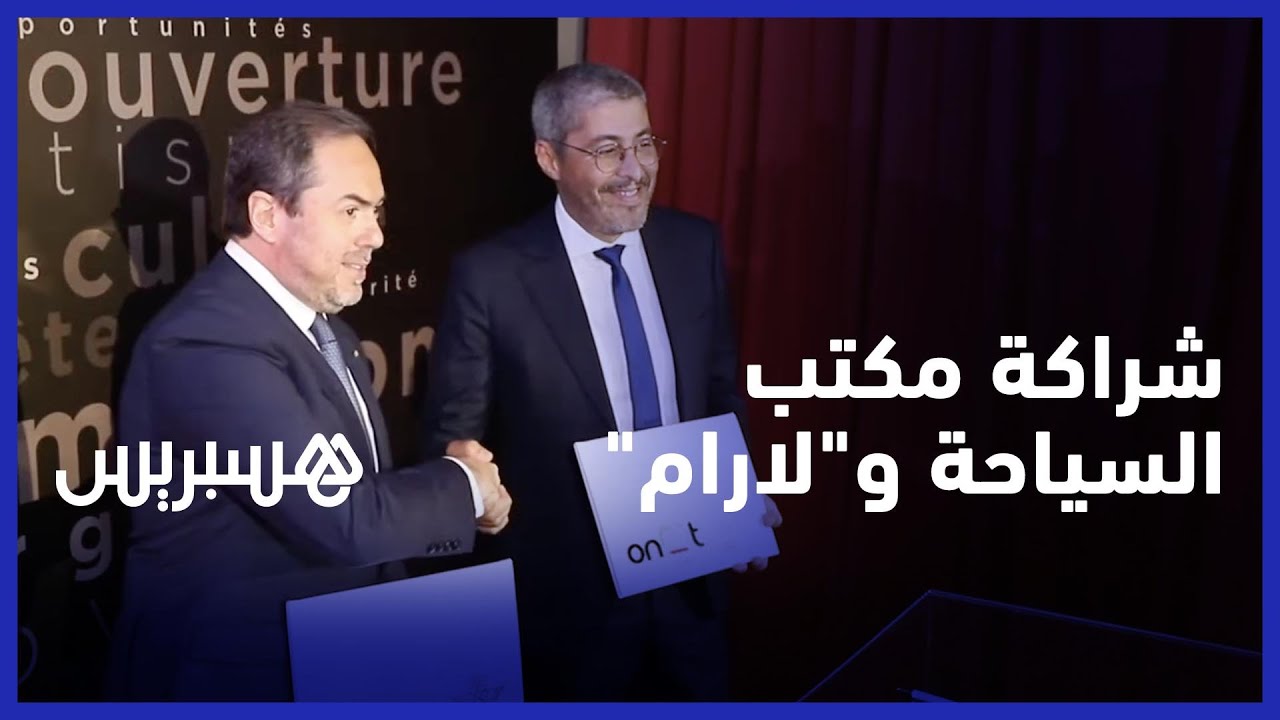Macron's European Netflix: A Vision Taking Shape

Table of Contents
The Rationale Behind "Macron's European Netflix": Protecting European Culture
The driving force behind Macron's vision is a deep concern for the preservation of European cultural heritage. The overwhelming influence of American platforms on the global streaming market poses a significant threat to the diversity and visibility of European films, television shows, and other audiovisual content. This initiative is rooted in a belief in cultural protectionism, recognizing that the dominance of US-produced content on existing streaming giants like Netflix, Amazon Prime, and Disney+ risks overshadowing the rich tapestry of European narratives and artistic expressions.
- Dominance of US Content: American productions currently hold a disproportionate share of viewership on major streaming platforms, creating an uneven playing field for European creators.
- Showcasing European Diversity: A dedicated European platform can provide a crucial showcase for diverse European narratives, languages, and cultural identities, fostering media pluralism and promoting understanding across borders.
- Economic Benefits: The initiative aims to stimulate the European economy by supporting European filmmakers, producers, and related industries, creating jobs and boosting competitiveness within the digital single market. This involves fostering a strong audiovisual production sector capable of competing globally.
Challenges in Building a Pan-European Streaming Giant
While the vision is ambitious and laudable, creating a truly unified European streaming service faces significant challenges. The sheer scale of the undertaking and the need to navigate diverse national interests represent considerable hurdles.
- Fragmentation and National Interests: The European Union, despite its unified market, is comprised of diverse nations with their own unique regulatory environments, national filmmaking industries, and cultural priorities. Harmonizing these varying interests presents a major challenge.
- Language Barriers: Translating and subtitling content for a vast array of European languages is a costly and complex undertaking, requiring significant investment in localization efforts. This is a critical aspect of reaching a truly pan-European audience.
- Funding Model: Securing sufficient funding to compete with established giants like Netflix requires a robust and sustainable funding model. This may involve a combination of public funding, private investment, and innovative subscription strategies.
- Competition: The existing streaming market is highly competitive. To attract subscribers, a European streaming service needs a compelling catalogue of high-quality content and a competitive pricing strategy. This necessitates smart acquisition strategies and strong marketing efforts.
Current Initiatives and Progress Towards a European Streaming Platform
Several initiatives at both the EU and national levels are underway to support the creation of a stronger European digital single market and boost European content. These efforts are crucial for laying the groundwork for "Macron's European Netflix."
- EU Audiovisual Policy: The European Union has implemented various policies aimed at strengthening the audiovisual sector, including regulations related to streaming services and support for European content production. These measures focus on facilitating the creation and distribution of high-quality European films and TV shows.
- National-Level Efforts: Individual European countries are also undertaking efforts to bolster their domestic content production, often through public funding schemes and tax incentives for filmmakers.
- Industry Collaborations: Successful models of collaboration between European public broadcasters and private entities are emerging, demonstrating the potential for effective partnerships in content creation and distribution. This collaborative approach is crucial for success.
The Role of Public Broadcasters in the European Streaming Landscape
Public broadcasters hold a crucial role in the development of a pan-European streaming platform. Their existing infrastructure, expertise in content creation, and established relationships with audiences offer invaluable assets.
- Leveraging Existing Infrastructure: Public broadcasters possess established distribution networks and technical capabilities that can be leveraged to reduce costs and accelerate the launch of a new platform.
- Collaborative Model: A collaborative model involving both public and private sector actors could combine the resources and expertise of each, leading to a more robust and sustainable platform.
Conclusion
The creation of "Macron's European Netflix" represents a significant challenge and opportunity for the European media landscape. While substantial hurdles remain – notably overcoming fragmentation, language barriers, and securing adequate funding – the potential benefits for European culture and the economy are considerable. The initiative's success hinges on continued support for European content creation, innovative distribution models, and strong collaboration between public and private sector actors. The future of European audiovisual content depends on it. Let's actively participate in the conversation and support the growth of a truly European streaming landscape. Learn more about the evolving initiatives surrounding Macron's European Netflix and how you can contribute to its success.

Featured Posts
-
 Ovechkins Record Breaking Goal The Pressure On Ilya Samsonov
May 07, 2025
Ovechkins Record Breaking Goal The Pressure On Ilya Samsonov
May 07, 2025 -
 Protecting Your Brand From March Madness To Trademark Success
May 07, 2025
Protecting Your Brand From March Madness To Trademark Success
May 07, 2025 -
 Brwtwkwl Laram Wimbratwr Tezyz Alsyaht Albrazylyt
May 07, 2025
Brwtwkwl Laram Wimbratwr Tezyz Alsyaht Albrazylyt
May 07, 2025 -
 The Karate Kid Part Ii Analysis Of Characters And Themes
May 07, 2025
The Karate Kid Part Ii Analysis Of Characters And Themes
May 07, 2025 -
 From Gymnastics To Simone Biles Next Move
May 07, 2025
From Gymnastics To Simone Biles Next Move
May 07, 2025
